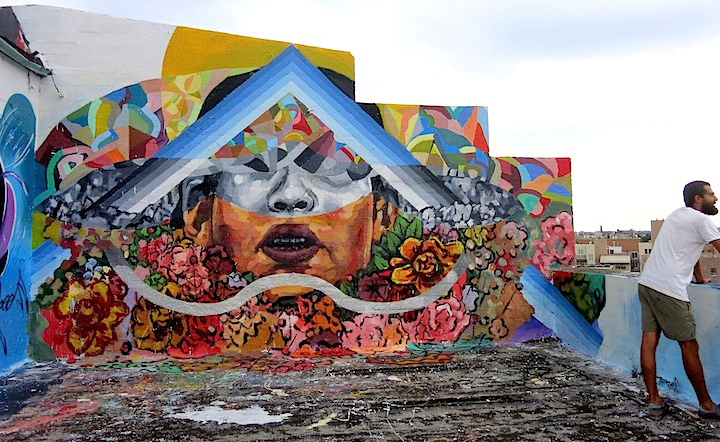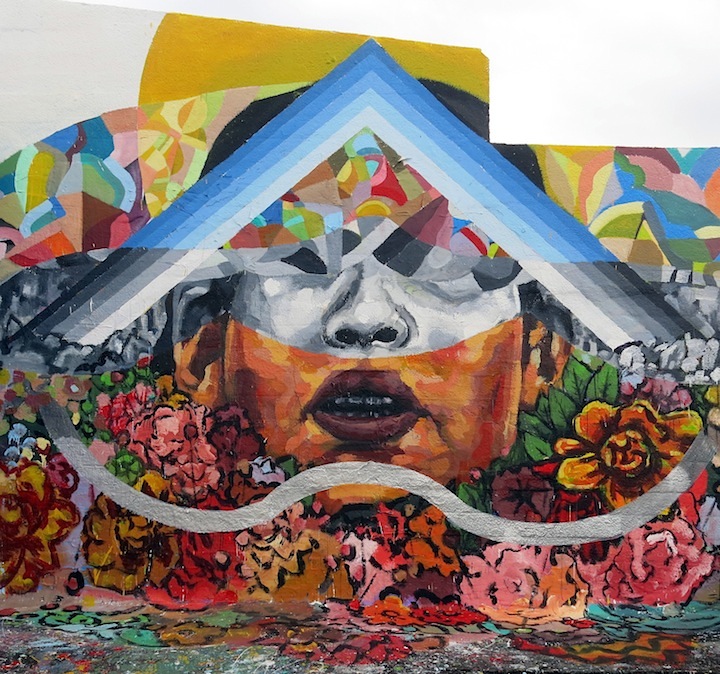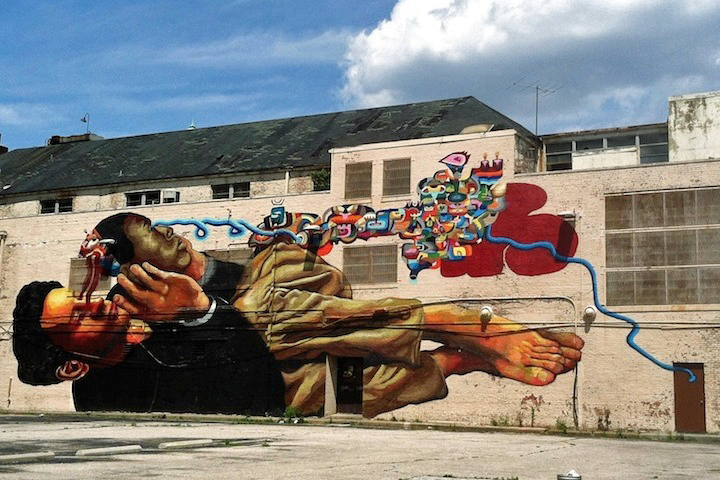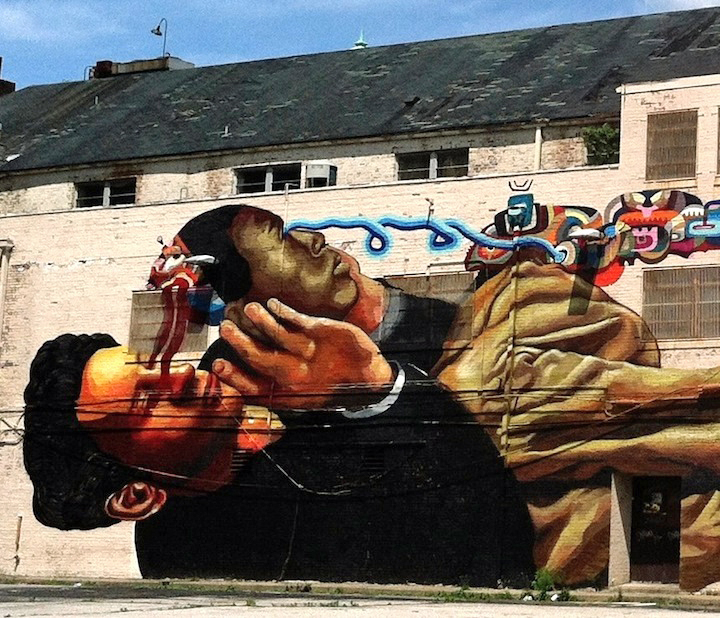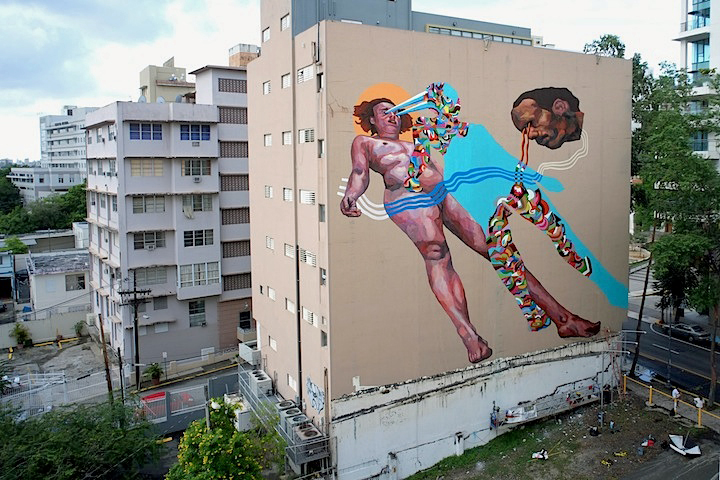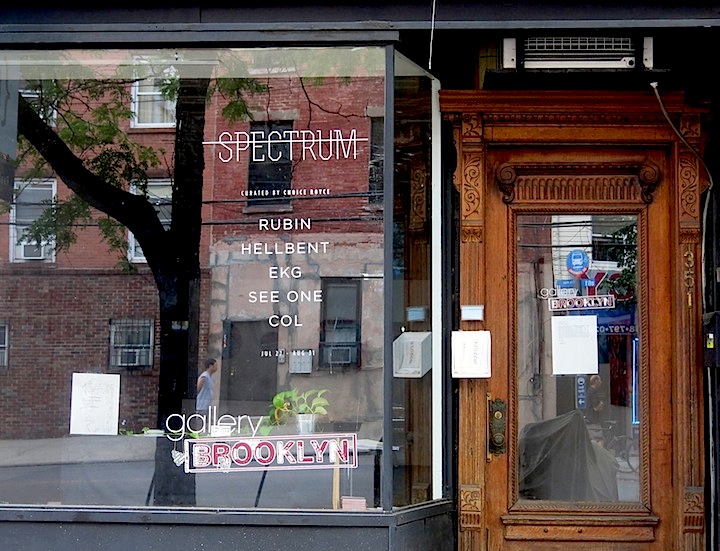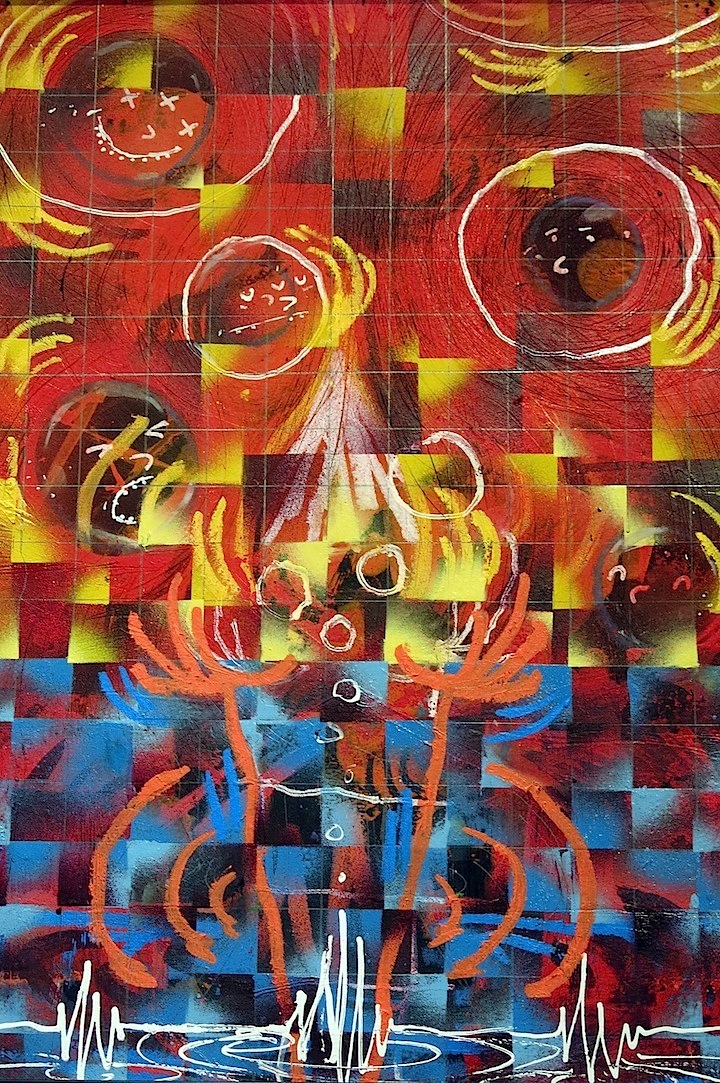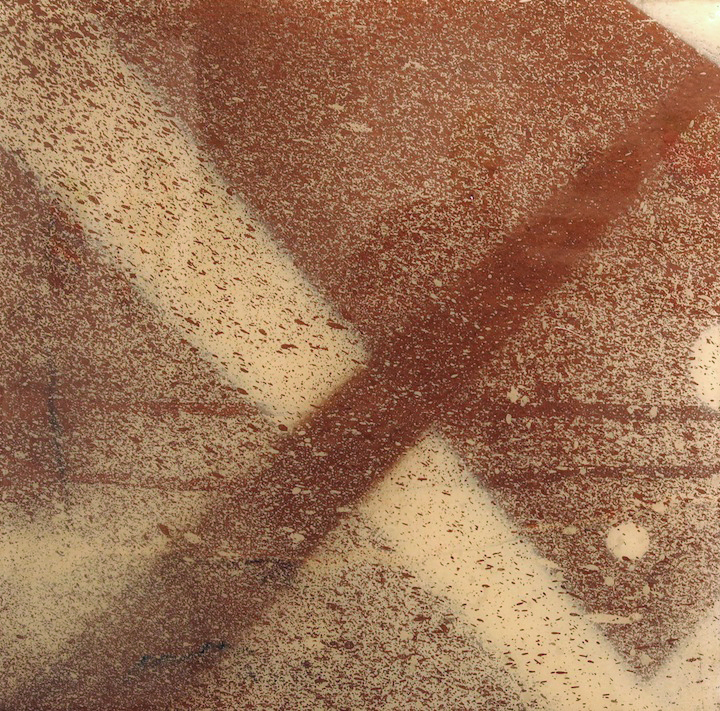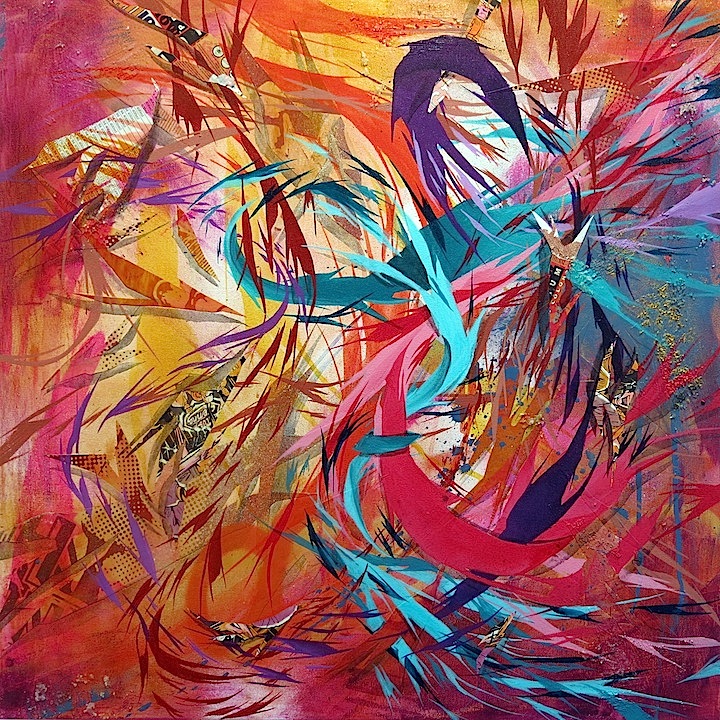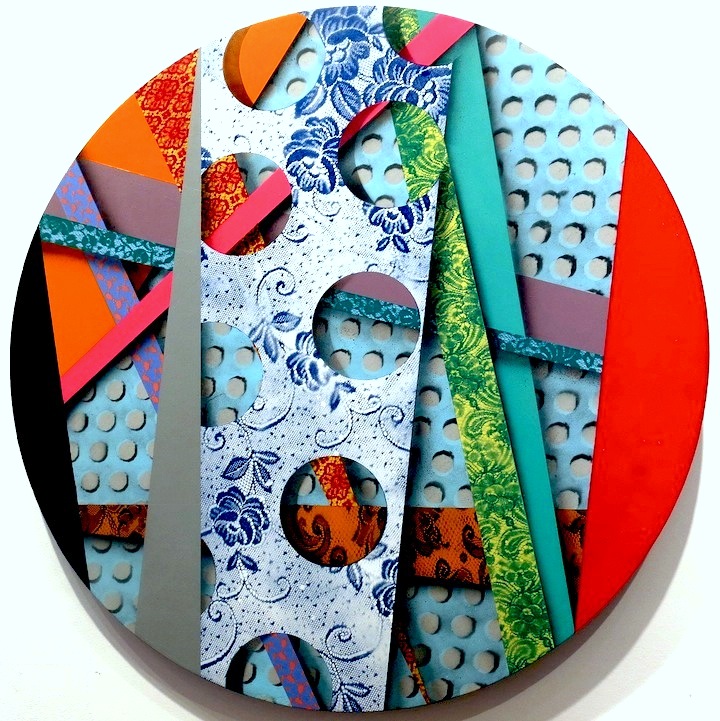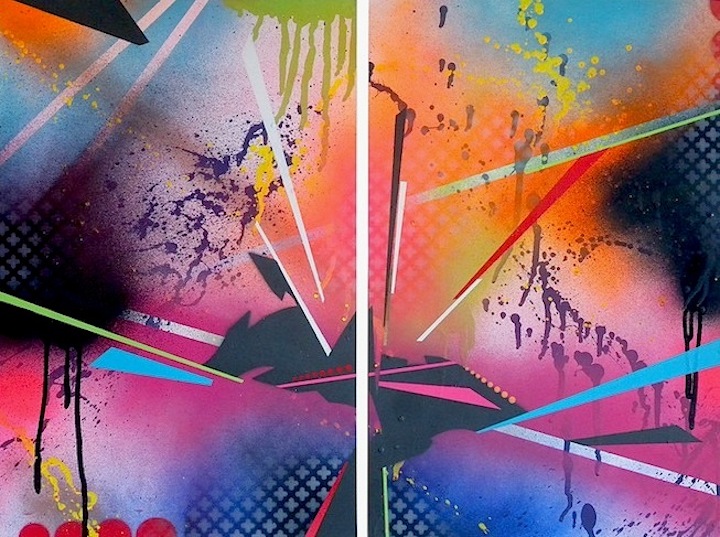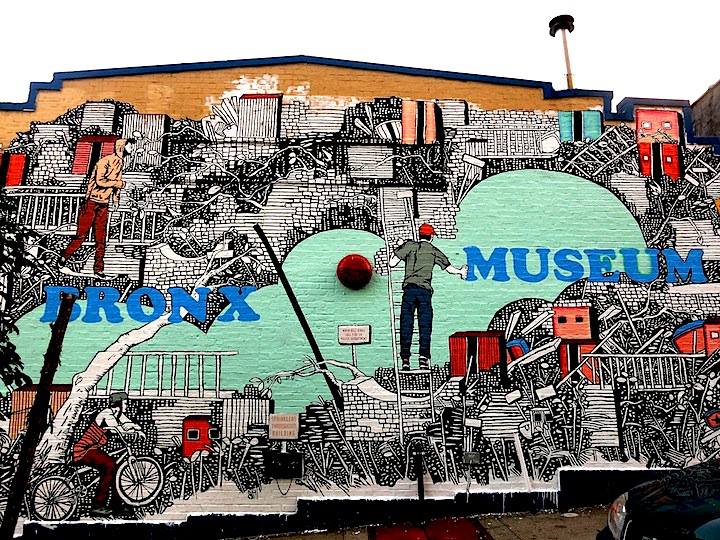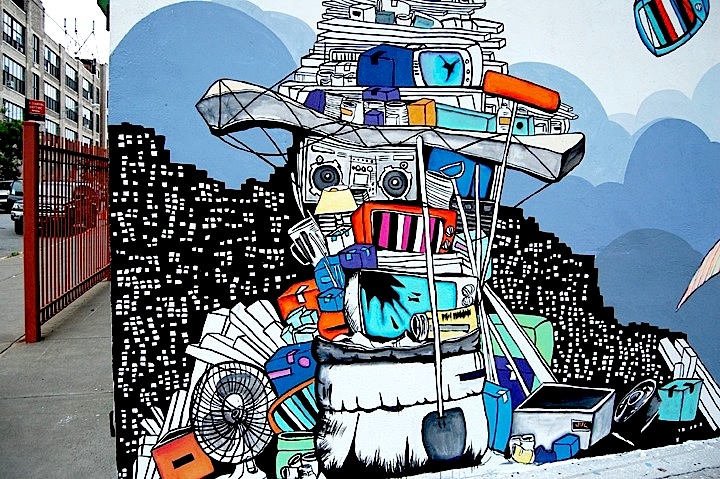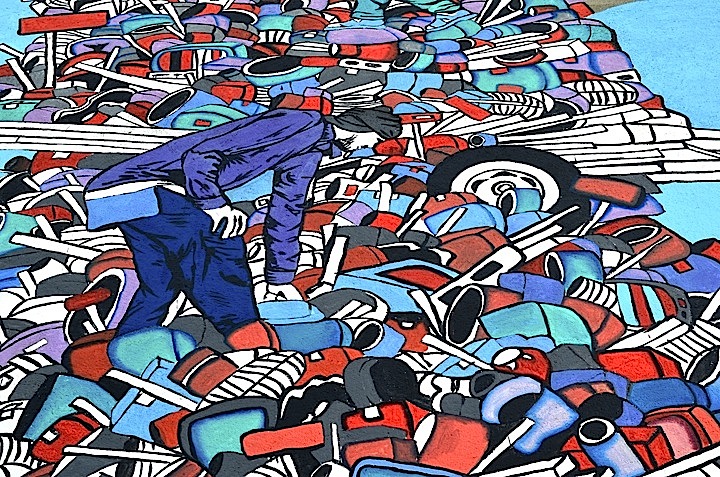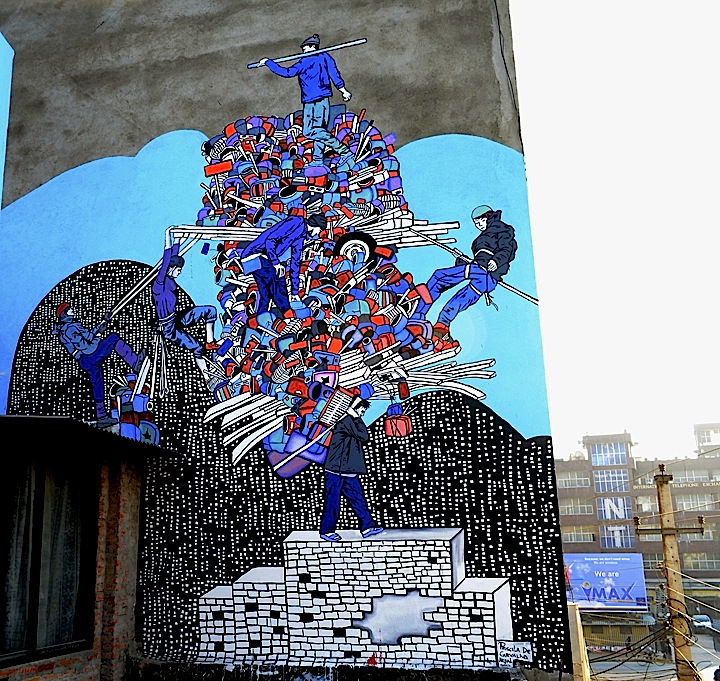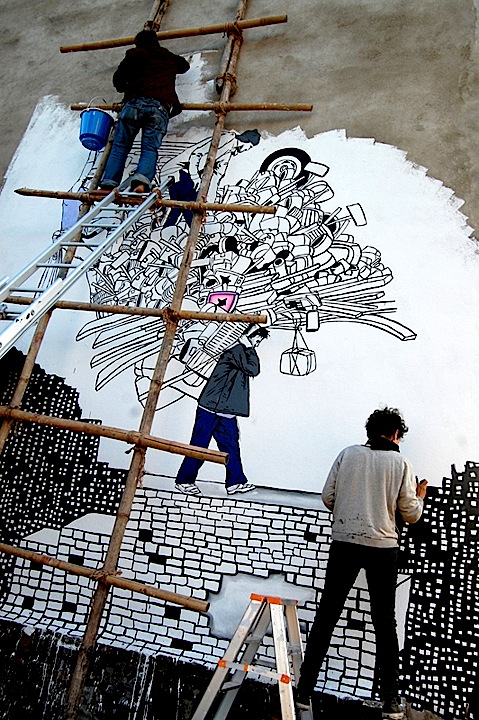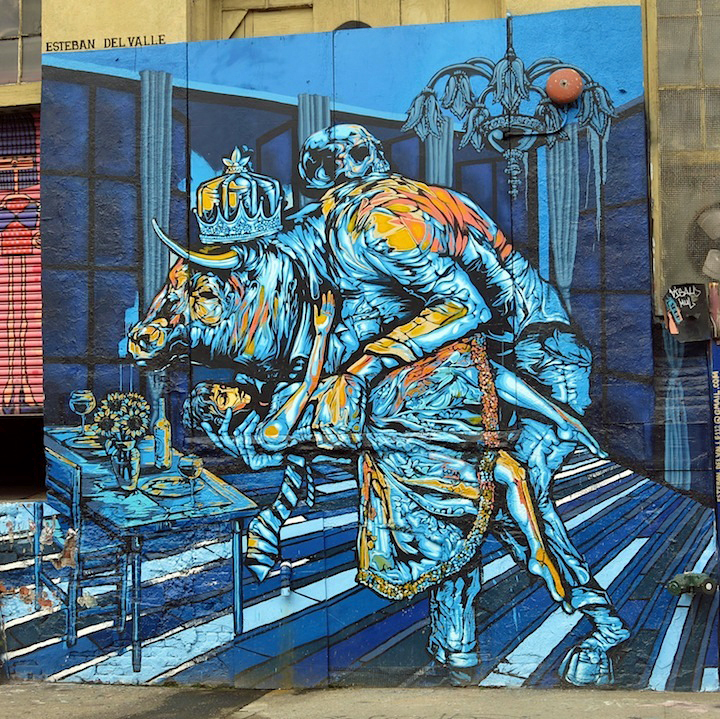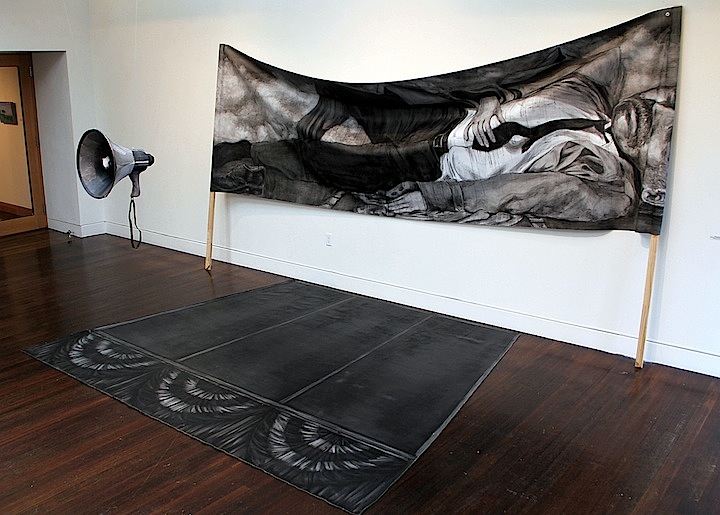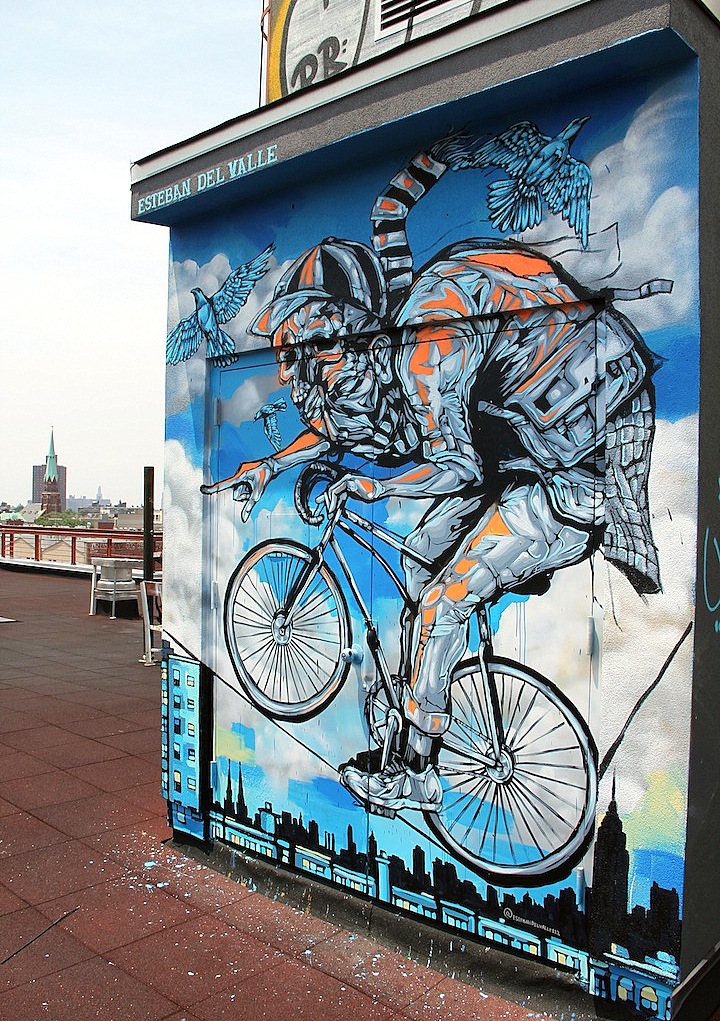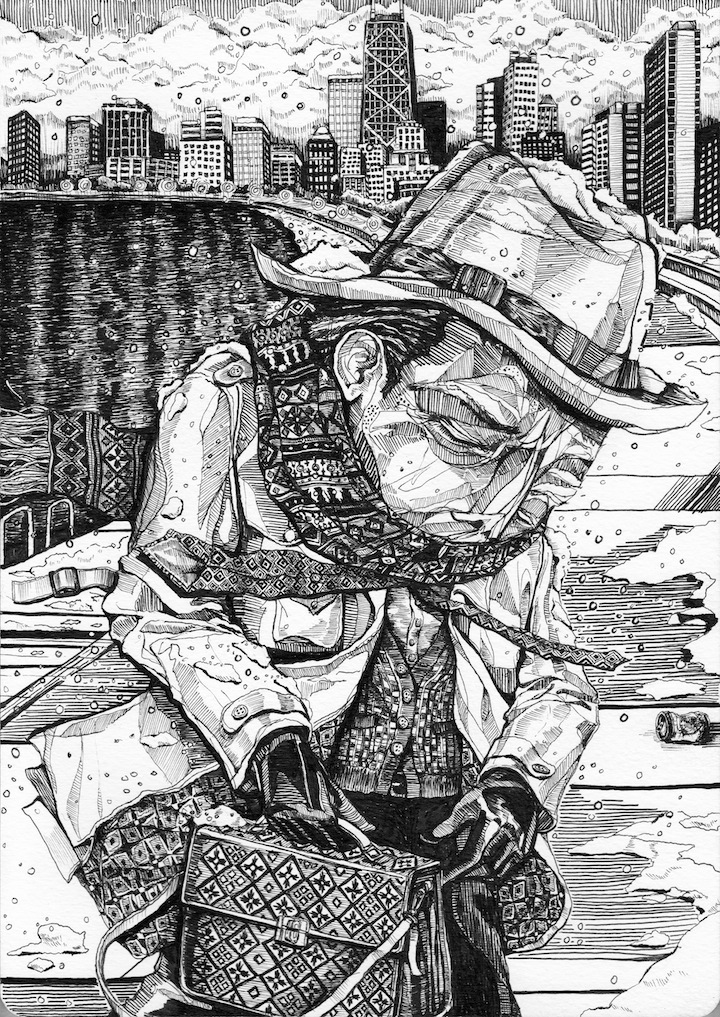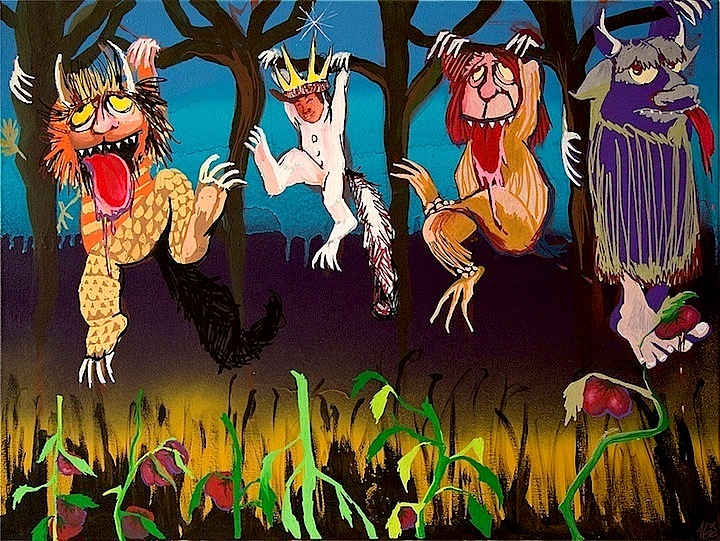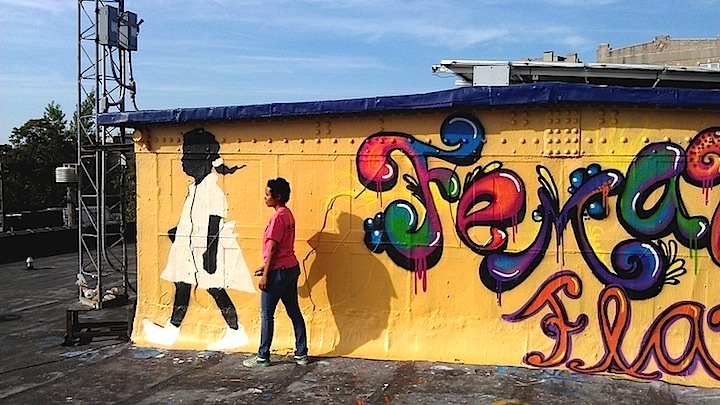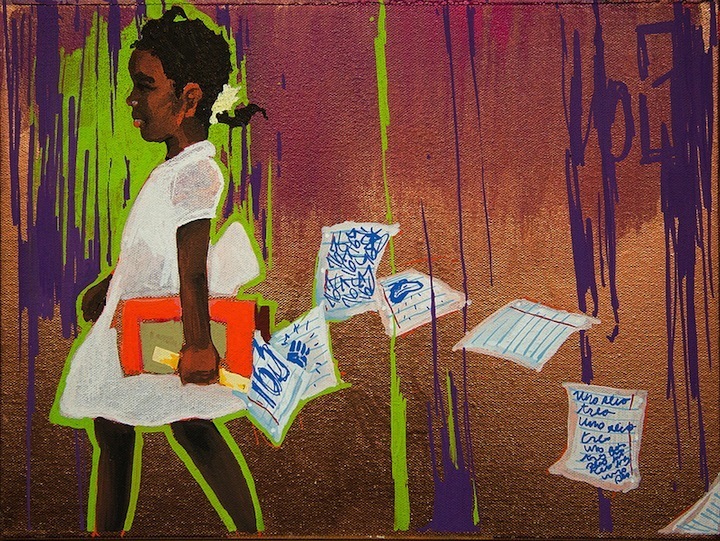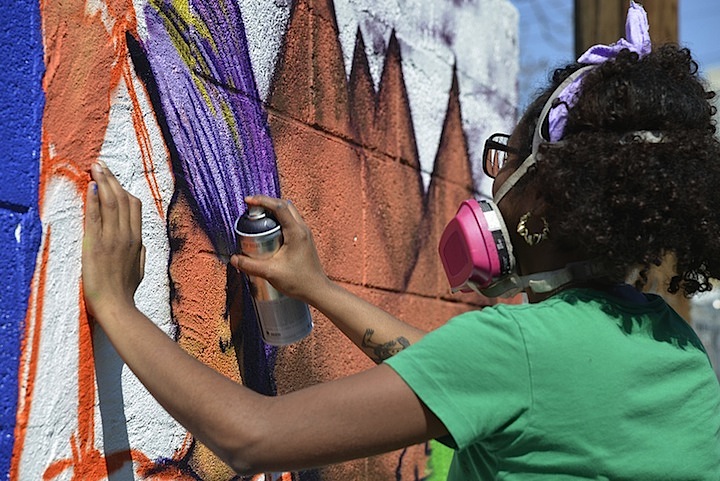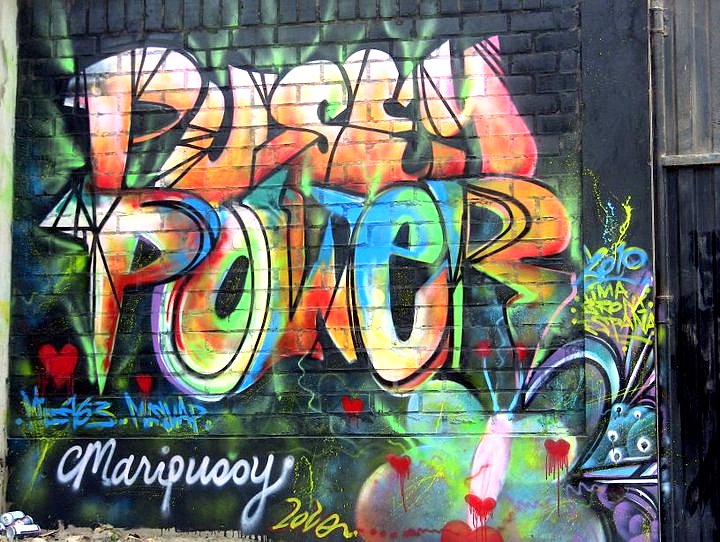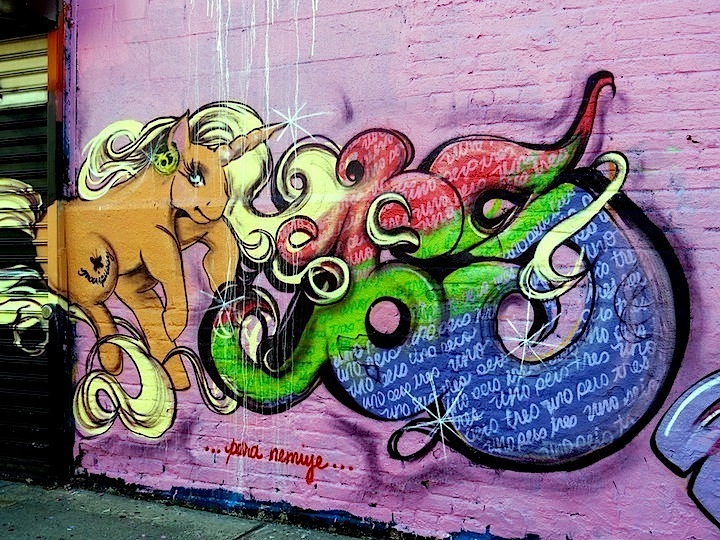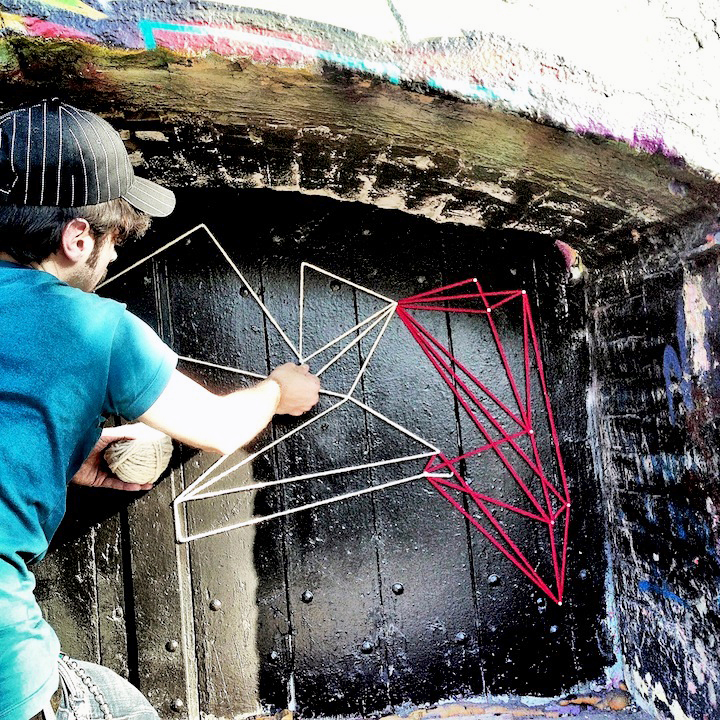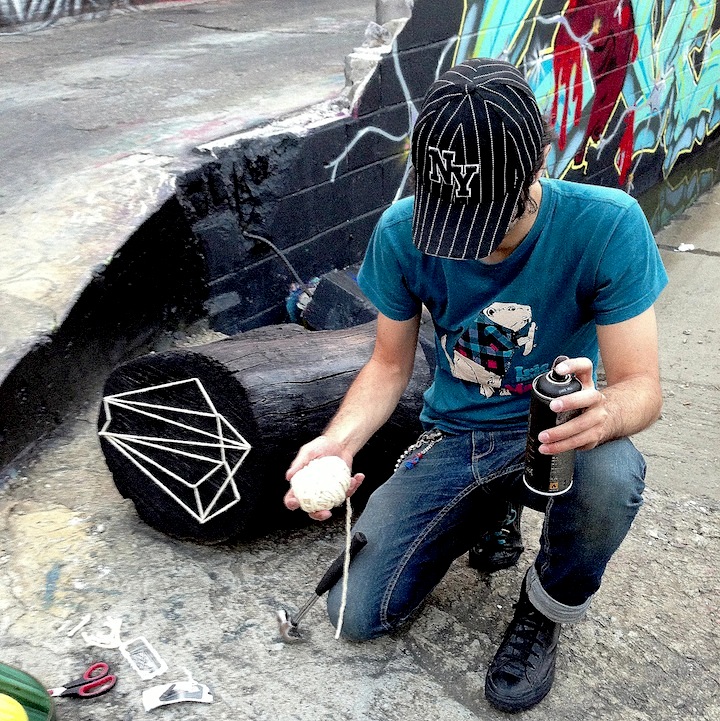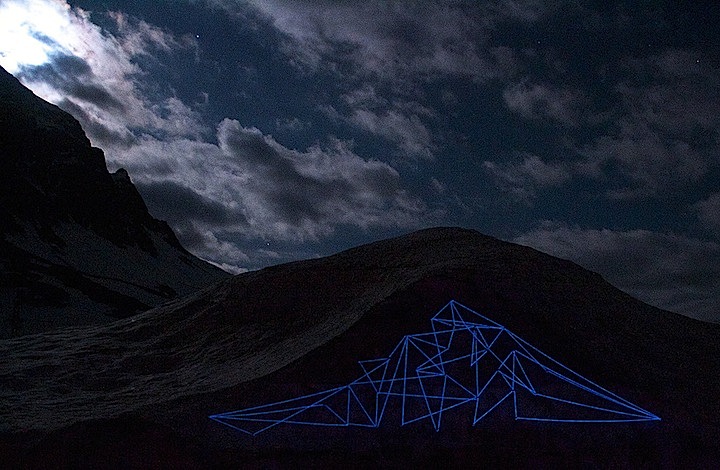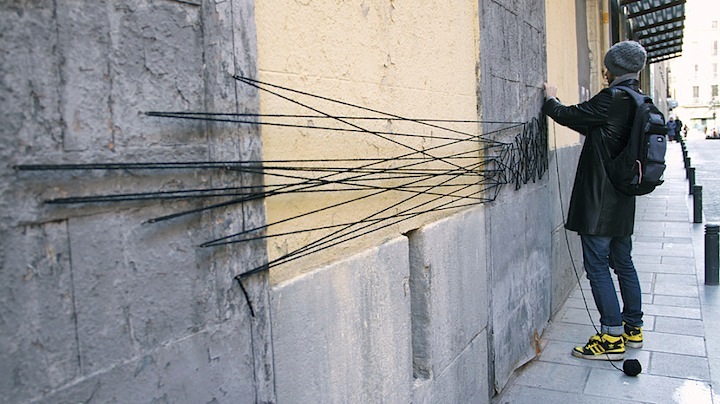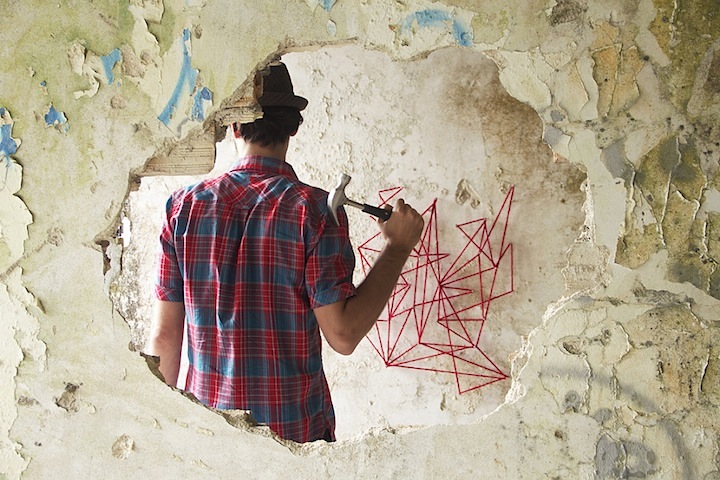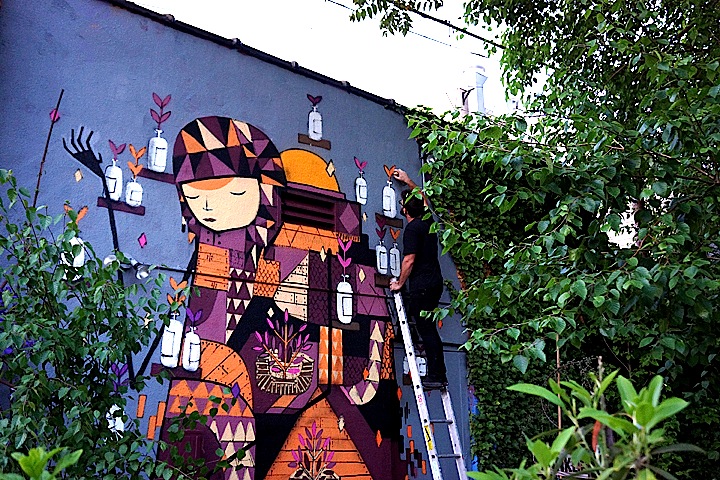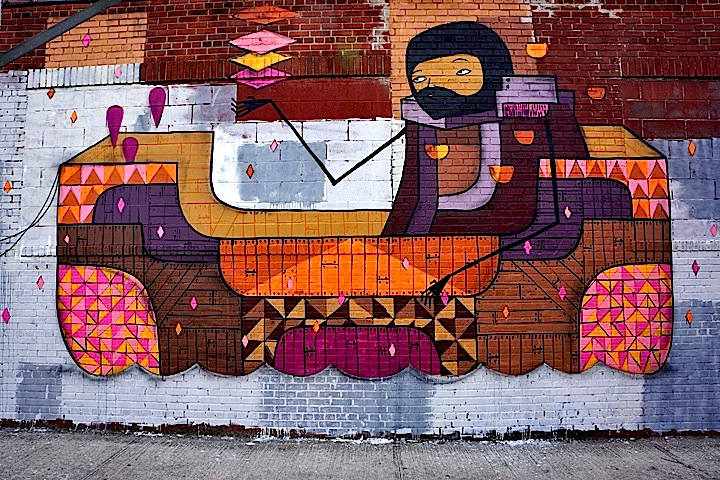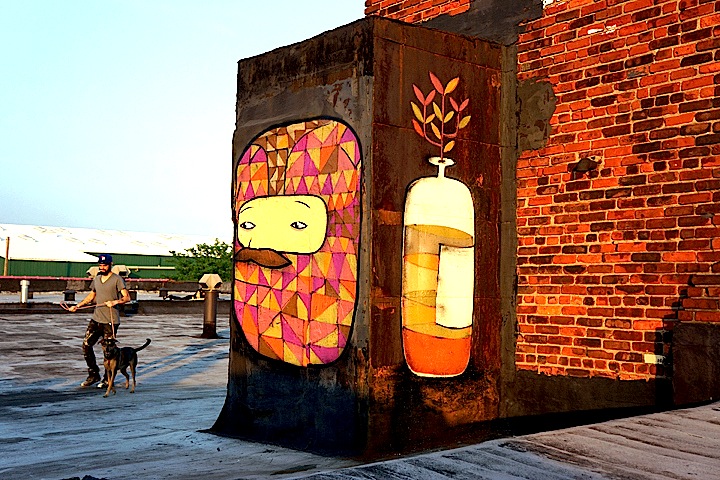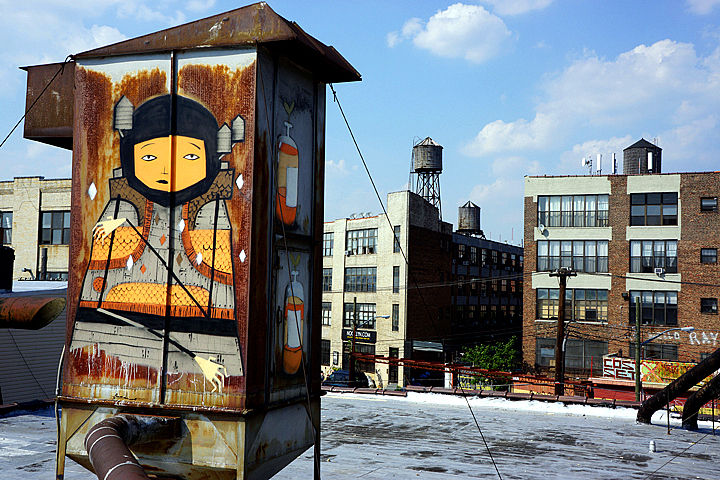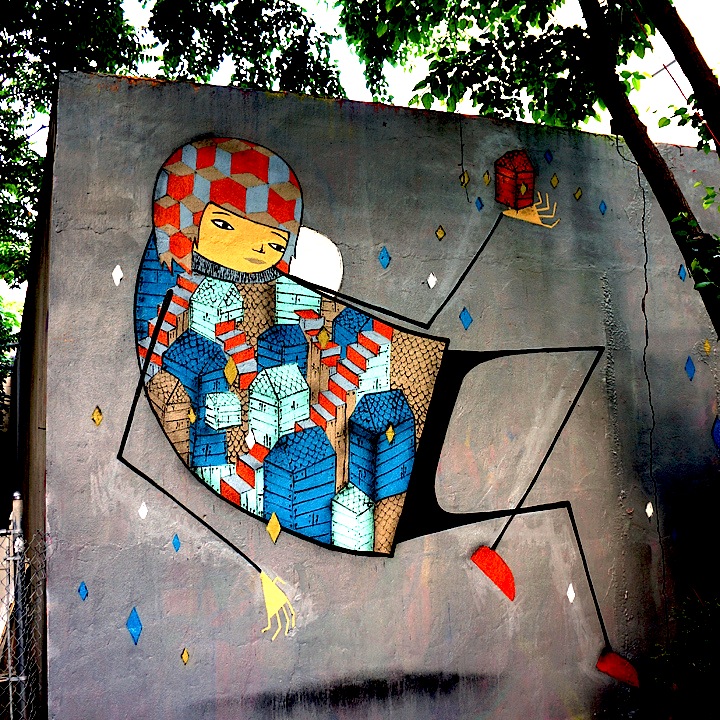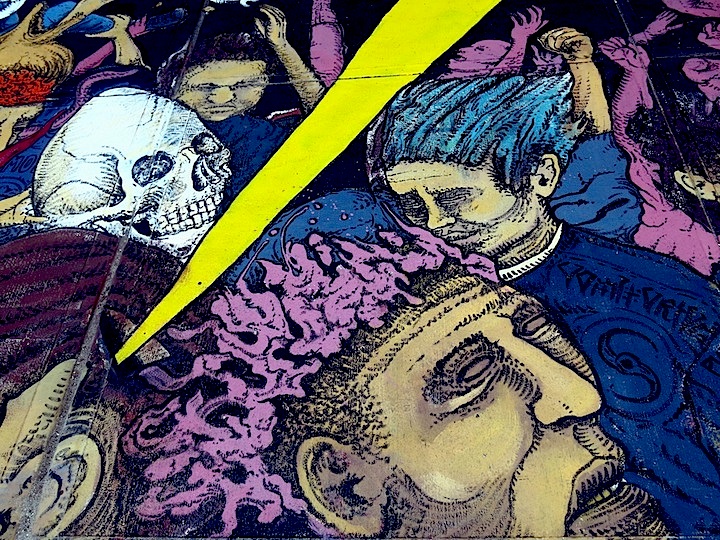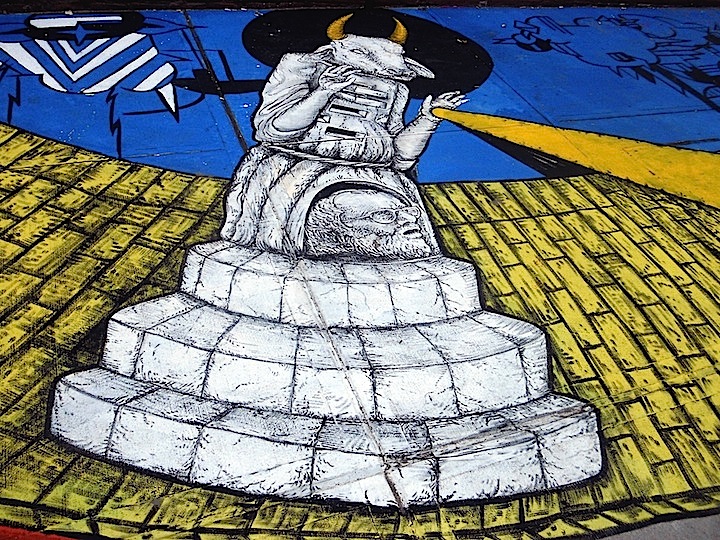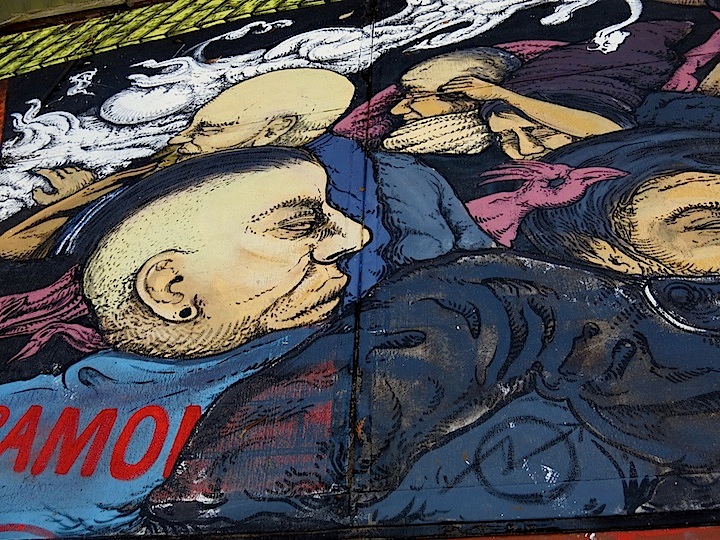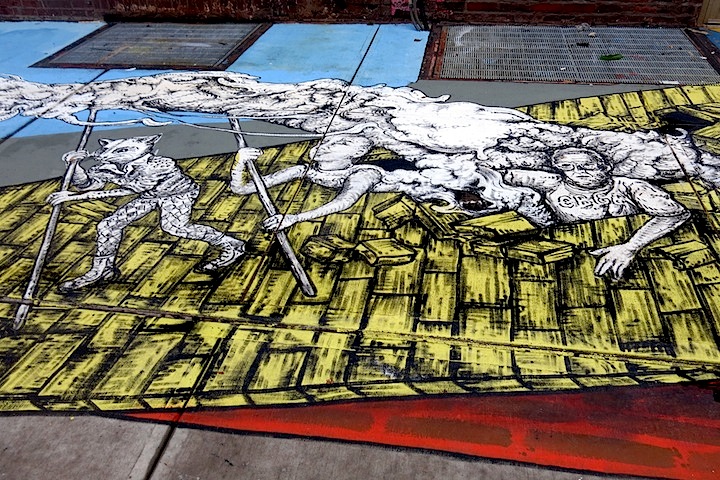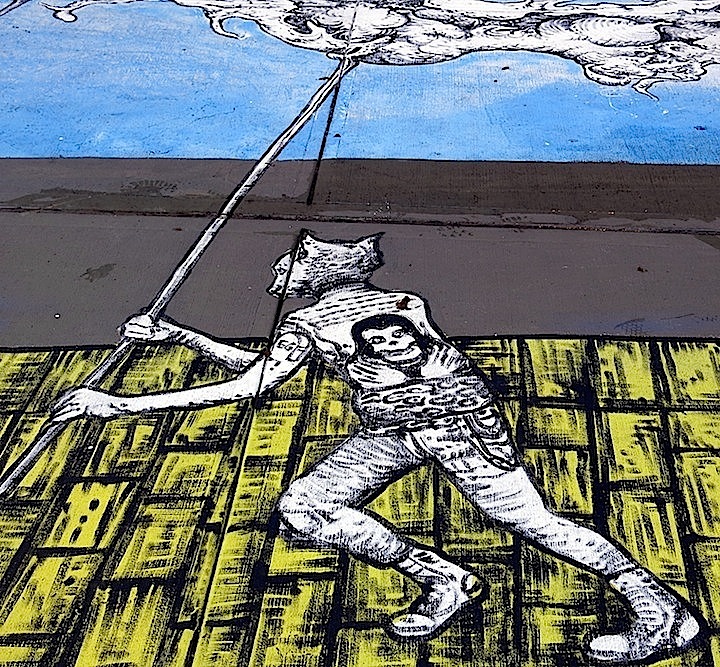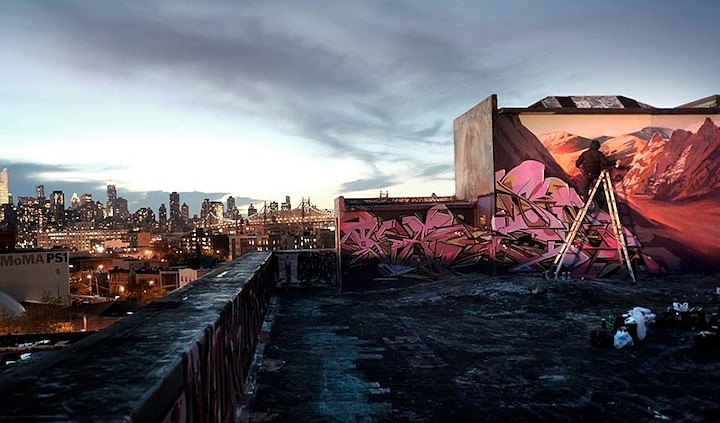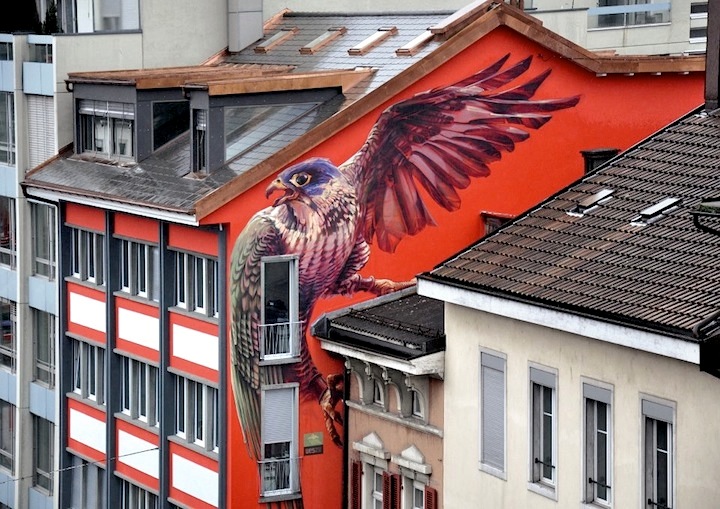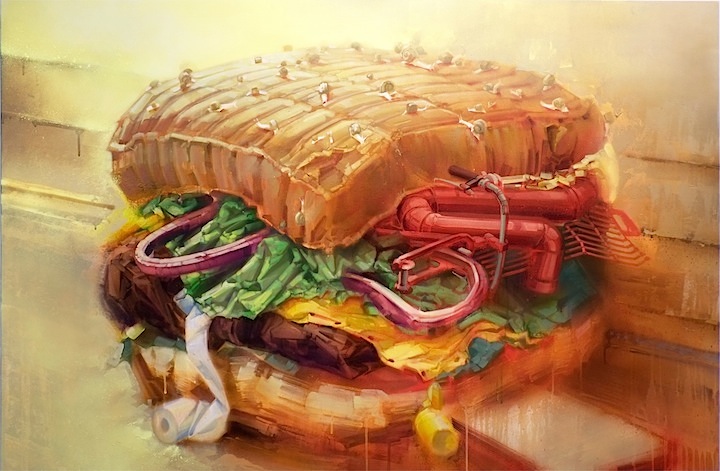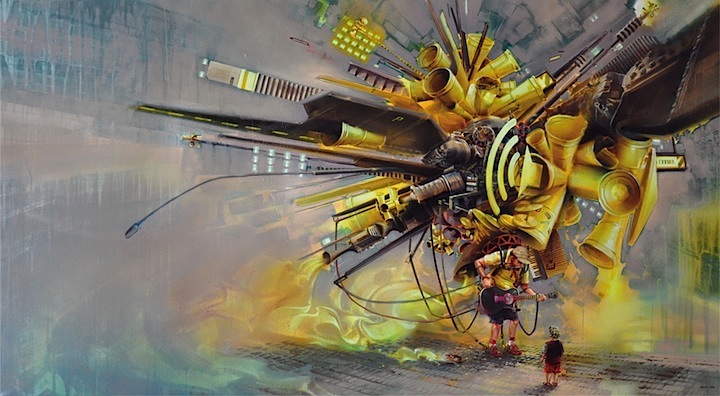Fletcher Anderson aka Facter, the Melbourne-based artist, writer and editor of the popular webzine INVURT, recently spent some time in NYC during his extensive travels. While he was here, we had the opportunity to speak to him.
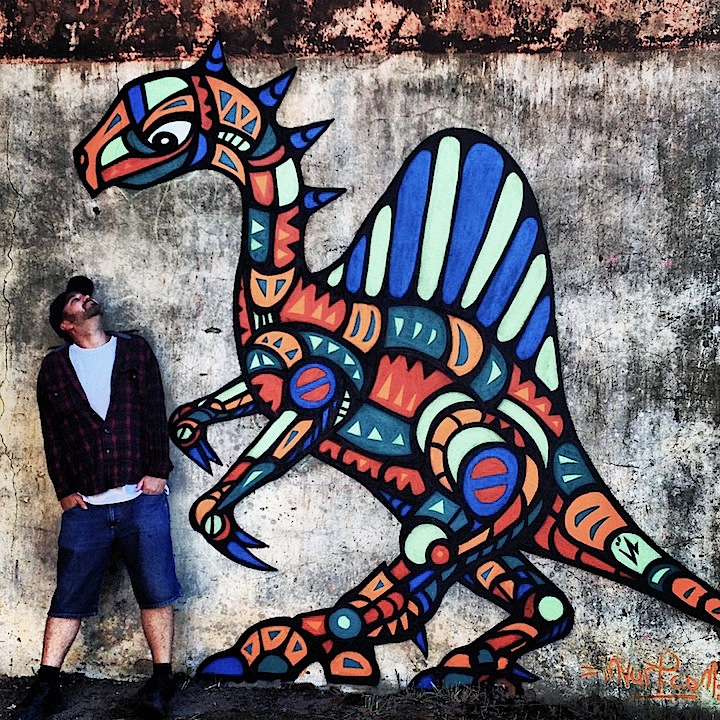
When and where did you start getting up?
I began bombing when I was about 14 back in 1989 in Perth, Western Australia. I was crap – terrible at doing anything more than tagging. I took an eight-year break to concentrate more on writing, and then about six years ago, I went back to it.
What inspired you back in Perth?
When I was about eight years old, my sister was seriously into graffiti — like everyone else — and turned me on to the movies Beat Street and Wild Style. Then, when I was in high school, just about everyone I knew was bombing, so I fell into it, as well.
Have you any preferred spots?
I’ll paint anywhere and everywhere.
Have you ever been arrested?
Never for actually painting or bombing. A few years after I began painting, though, I was busted when I was caught up in a house raid where stolen paint was stashed. I got off as I wasn’t involved in the theft, but things went a bit south from there and I moved up to Queensland to get away from it all. In hindsight that was kind of fortunate, as that’s where I really discovered my love of art .
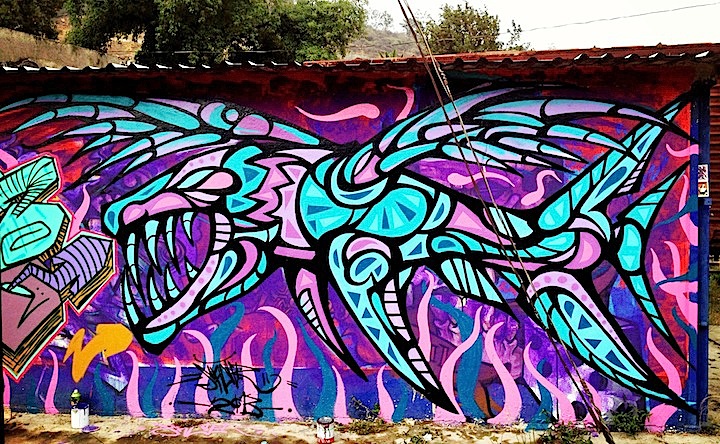
How do your folks feel about what you do on the streets these days?
They love what I do and are very supportive.
What percentage of your time is devoted to art?
I work nine to five as a Business Analyst – it pays the bills. But it also helps fund different projects that I help make happen via my webzine, Invurt. After 5pm every night, I’m either blogging about the street art scene in Australia and NZ, writing and editing Damn It! Magazine with Jo Jette, or drawing. Weekends are full of more painting, and checking out gallery shows and attempting to have a personal life outside of it all…haha!
How does the street art scene here in NYC compare to the one back home in Melbourne?
I really do love the NYC scene. And as I’ve only scratched its surface, I hate to generalize. But there does seem to be more openness and tolerance in Melbourne. And it does feel like the scene back home has less of a competitive nature. Melbourne is a very cultured city, and most people try to work together towards the same goals of furthering the art they love – which is great.
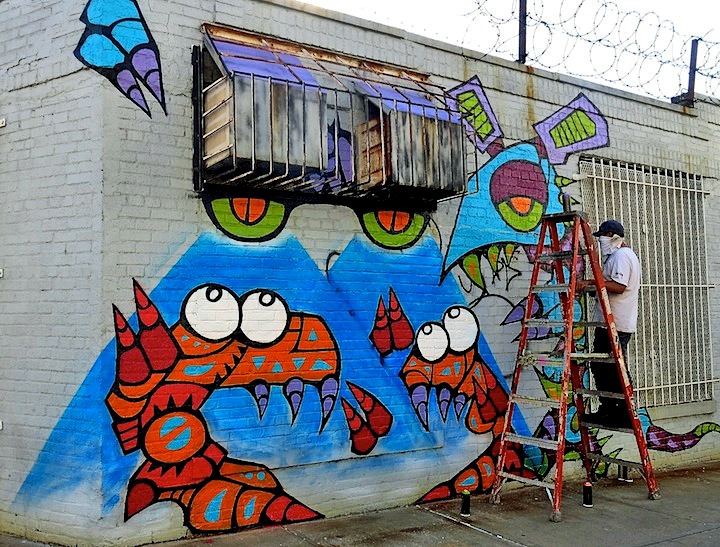
Have you any favorite cities?
The Mission in San Francisco is amazing. NYC and the Bushwick Collective are brilliant. I love Boston. I find the people there so generous and helpful. Oslo was great fun, as were Tartu, Estonia and Valka/Valga That said, I especially love Hosier Lane and Aerosol Alley, back home in Australia.
Any thoughts about the street art/graffiti divide?
I hate the idea of a divide. The media and governments spent 30 years waging a war against graffiti. They couldn’t just turn around and let it go, so they came up with the term street art to save face and try to differentiate between things they liked and things they didn’t. Suddenly there was this whole big deal about it all, and it saddens me. If it’s on the street, and it’s art, then it’s all “street art” – even graffiti. And anyone that thinks graffiti isn’t art is… well…
Wow! That makes so much sense!
At the end of the day, we all love to paint walls, so we all have that in common. What’s the point in having any kind of beef against anyone who has that love?
How do you feel about the movement of graffiti and street into galleries?
Once it’s in a gallery, it’s not street art anymore – plain and simple. It’s a street artist exhibiting street art – derived work in a gallery. I think it’s great that more and more street artists are getting the opportunity to exhibit in galleries. Everyone wants to get paid for doing what they love to do – and it’s about time that they were recognized as the talented creatives that they are.
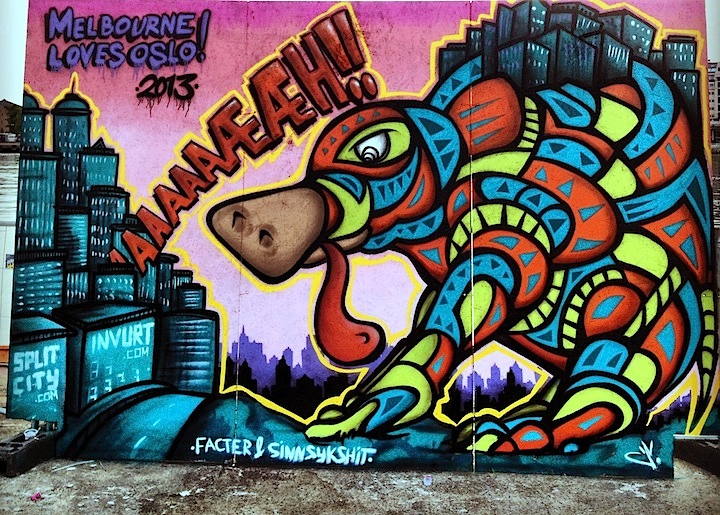
Have you exhibited your work?
I have had lots of group shows and solo shows in Australia, and I was in one group show in Toronto. My aim next year is to be involved in more shows outside of Australia.
How do you feel about the role of the Internet in all of this?
I love it. Street art is the world’s first “as it happens” global art form. I honestly don’t think that the whole phenomenon would be what it is without the Internet.
Have you a formal art education?
Yes, but I never use it – I went off on a tangent long ago.
What’s the riskiest thing you ever did? And why did you take that risk?
Doing run-ups on trains always felt pretty risky. And I did it because trains are big, shiny and boring. One day, I hope, all the trains will be legally painted by the artists who were once arrested for doing so.
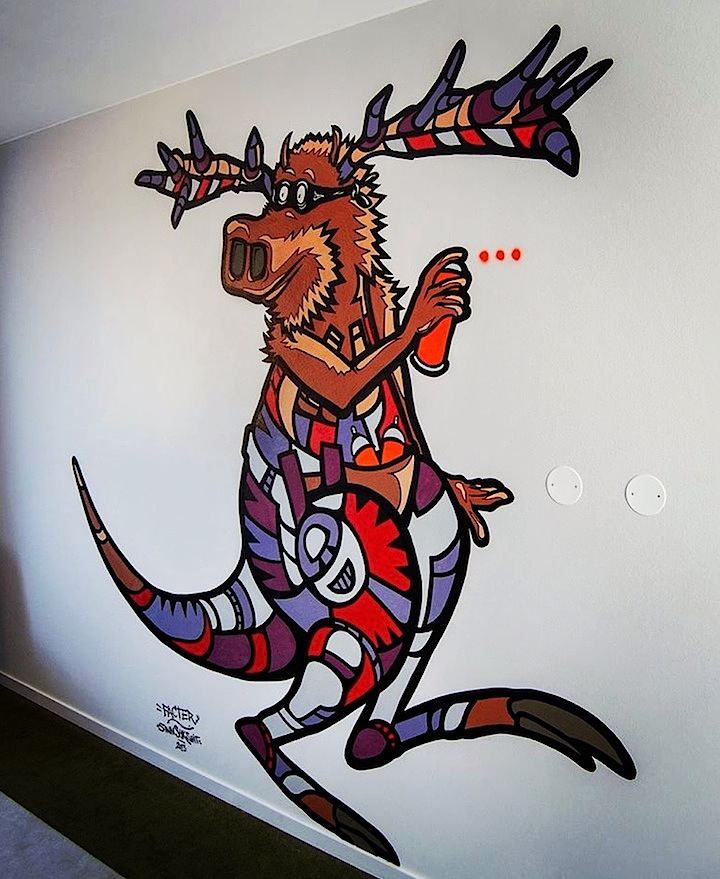
What inspires your aesthetic these days?
Science fiction, ancient cultures and robots. I’m also a huge dinosaur lover… haha.
Are there any particular cultures that have influenced your aesthetic?
I grew up in the middle of nowhere near an aboriginal community – in a place in the Northern Territory of Australia called Nhulunbuy. I learnt the value and beauty of traditional cultures from an early age. Mayan and Maori art have been a huge love since I was a kid – which is why I just spent three months in Central America visiting the ruins, having my dreams of seeing them for myself fulfilled.
Do you work with a sketch in hand?
No, I usually just let it flow. I like to surprise myself – lately though, as I’ve been travelling I’ve been starting to think about my planning a bit more, due to having limited time to fuck around on a wall … it’s a different approach for me.
Are you generally satisfied with your final piece?
Hell, no!
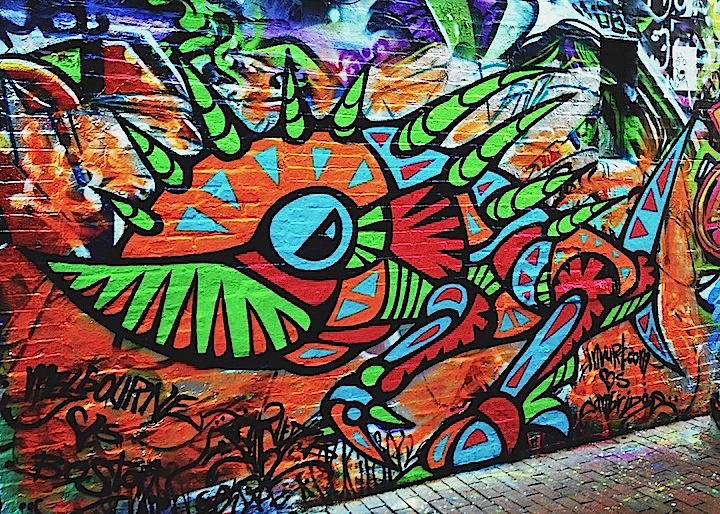
How has your work evolved through the years?
I’ve always had a distinctive style since I first started, but I continue to refine it – I think it has enormous scope for me to do some cool things with.
What do you see as the role of the artist in society?
To visualize the collective dream.
What do see the role of the street art blogs?
In 20 years from now, I’m hoping that they will all serve as an amazing resource and snapshot of a brilliant art movement as it happened. That’s why I love writing about it and documenting it, and the only reason I do it.
That sounds right! What do you see yourself doing in five years?
More of the same of what I’m doing now! Writing, documenting, painting. Hopefully I’ll be doing more shows, travelling and painting amazing spots. I also look forward to helping launch and participating in bigger projects with more artists in Melbourne.
Photos: 1. Valka, Latvia 2. Oaxaca, Mexico 3. the Bushwick Collective 4. & 5. Oslo with Sinnskyshit 6. Boston; all photos courtesy of the artist, except Bushwick Collective by Lois Stavsky
